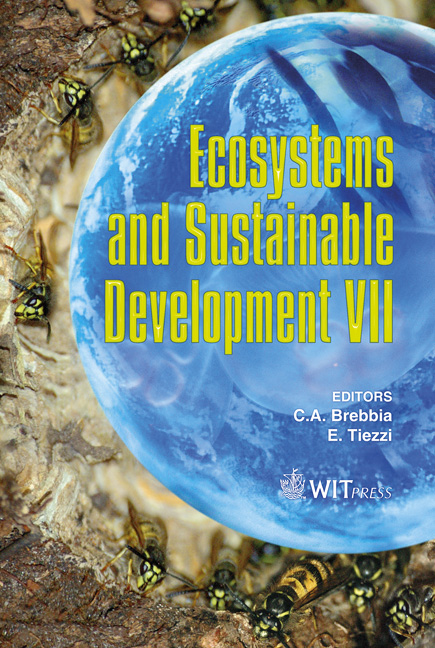Zooplankton From Shrimp Culture Ponds In Northeastern Brazil
Price
Free (open access)
Transaction
Volume
122
Pages
10
Page Range
251 - 260
Published
2009
Size
375 kb
Paper DOI
10.2495/ECO090241
Copyright
WIT Press
Author(s)
F. F. Porto Neto, S. Neumann-Leitão, M. Casé, E. E. Sant’Anna, E. H. Cavalcanti, R. Schwamborn, L. M. O. Gusmão & P. A. M. C. Melo
Abstract
Zooplankton was examined in 14 commercial shrimp Litopenaeus vannamei ponds in tropical Brazil to assess their composition, determine their density, and indicate environmental quality. In each farm, two ponds and the water intake point were monitored in 2003. Sampling was made with a standard plankton net 50 micrometers mesh size. The zooplankton presented 40 taxa and was essentially composed of typical marine euryhaline species and suspensionfeeding forms. In all farms the dominant group was Copepoda with a total of 45%, followed by Protozoa (18%). The most abundant meroplankton were Polychaeta larvae, Gastropoda larvae, nauplii of Cirripedia and zoeae of Brachyura with large distribution in the region, sometimes dominating the community. Zooplankton abundance varied from 972+209 ind m-3 to 4,235 + 2,877 ind m-3. In the studied marine shrimp culture ponds, copepods dominance were replaced by protozoan and rotifers as nutrient concentrations increased with the culture period, indicating that zooplankton trophic structure can be strongly affected by the occurrence of eutrophic conditions in shrimp ponds. The tendency of low species diversity is indicative of an unbalanced hypereuthrophic system decreasing the water quality and the cultured species. These results can be an important appointment to understand the effects of eutrophication in coastal plankton structure and its effects to marine aquatic food web. Keywords: zooplankton, aquaculture, shrimp ponds, Litopenaeus vannamei.
Keywords
zooplankton, aquaculture, shrimp ponds, Litopenaeus vannamei





